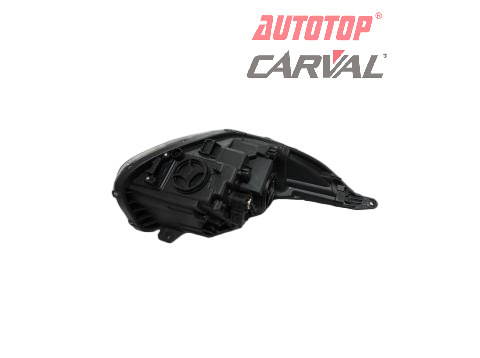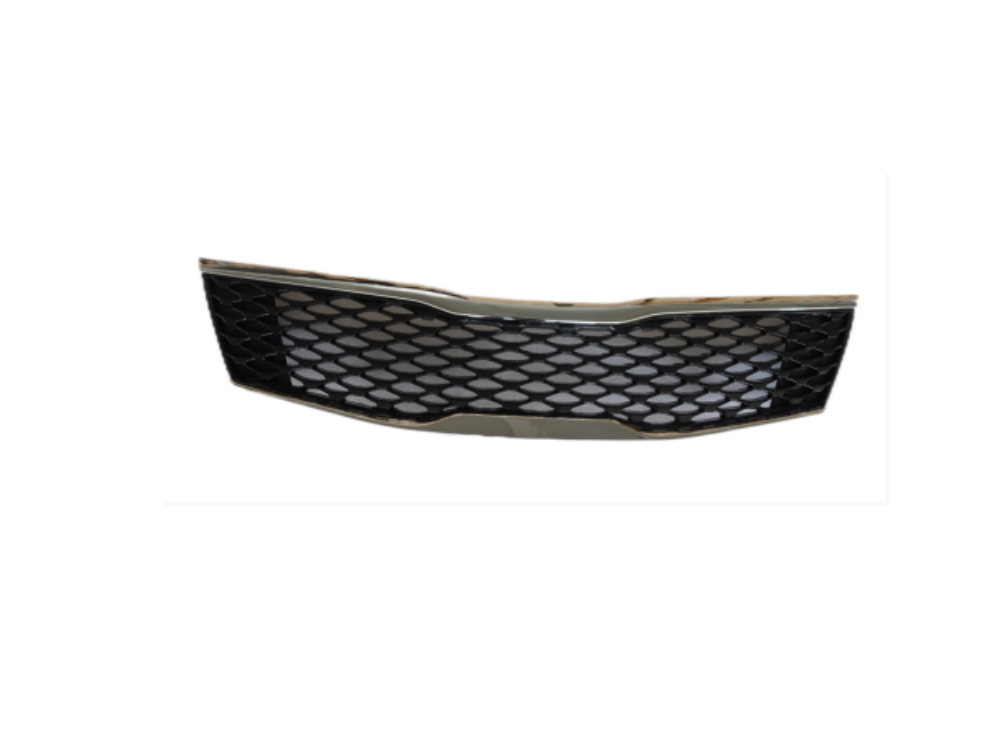Understanding Automotive Mirror Design Evolution
The evolution of car side mirrors represents one of the most fascinating developments in automotive safety and design. Modern vehicles showcase an incredible variety of side mirror configurations, each carefully engineered to serve specific purposes while complementing the vehicle's overall aesthetic. From compact cars to luxury SUVs, the diversity in car  reflects both functional requirements and technological advancement.
reflects both functional requirements and technological advancement.
Today's automotive designers must balance aerodynamics, visibility, safety regulations, and technological integration when developing side mirror systems. These essential components have transformed from simple reflective surfaces into sophisticated modules that can incorporate cameras, sensors, and automated adjustment mechanisms.
Mirror Types Across Vehicle Categories
Passenger Car Mirror Configurations
Passenger vehicles typically feature moderately sized car side mirrors optimized for everyday driving conditions. Sedan mirrors often incorporate a sleek, aerodynamic design that reduces wind resistance while maintaining excellent visibility. Many modern passenger cars include integrated turn signals within their side mirrors, enhancing safety through improved visibility to other drivers.
Compact cars generally utilize smaller, more streamlined car side mirrors to complement their diminutive dimensions. These mirrors frequently employ convex surfaces to expand the field of view, compensating for their reduced size while maintaining safety standards.
SUV and Truck Mirror Characteristics
Sport utility vehicles and trucks require larger car side mirrors to accommodate their increased dimensions and specific use cases. These vehicles often feature extended mirror arms to provide adequate visibility past wider vehicle bodies and potential cargo. Many truck models incorporate split-mirror designs, with a larger flat section for normal viewing and a smaller convex section for reducing blind spots.
Heavy-duty trucks and commercial vehicles employ particularly robust car side mirrors, often with telescoping capabilities to adjust for various trailer configurations. These specialized mirrors frequently include heating elements to prevent ice and fog accumulation during adverse weather conditions.
Technological Advancements in Mirror Systems
Smart Mirror Technologies
Modern car side mirrors increasingly incorporate advanced technologies that enhance their functionality. Auto-dimming capabilities reduce glare from following vehicles' headlights, while memory settings allow multiple drivers to quickly restore their preferred mirror positions. Some luxury vehicles feature power-folding mechanisms that automatically retract the mirrors when parking in tight spaces.
Blind spot detection systems integrated into car side mirrors have become increasingly common, using LED indicators to alert drivers to vehicles in adjacent lanes. These smart features represent a significant evolution from traditional mirror designs, contributing to improved road safety.
Camera-Based Mirror Systems
The latest advancement in car side mirrors involves camera-based systems that replace or supplement traditional mirrors. These digital solutions offer enhanced visibility in various lighting conditions and can automatically adjust to eliminate blind spots. Some high-end vehicles now feature slim camera housings instead of conventional mirrors, improving aerodynamics and reducing wind noise.
Camera integration allows for additional features such as parking assistance views and dynamic guidelines that adjust based on steering input. These sophisticated systems represent the future of vehicle visibility technology, though traditional car side mirrors remain standard in most markets due to current regulations.
Safety and Regulatory Considerations
International Safety Standards
Car side mirrors must meet strict safety regulations that vary by region and vehicle class. These standards dictate minimum mirror sizes, reflection properties, and mounting specifications. Manufacturers must ensure their mirror designs comply with these requirements while accommodating different market preferences and vehicle applications.
The development of car side mirrors involves extensive testing to verify durability, visibility range, and performance under various environmental conditions. This rigorous evaluation process ensures that mirrors maintain their essential safety functions throughout the vehicle's lifecycle.
Impact on Vehicle Design
Safety requirements significantly influence the design and placement of car side mirrors. Engineers must balance visibility requirements with aerodynamic efficiency, considering factors such as wind resistance and noise generation. The integration of additional safety features, such as blind spot monitoring systems, further impacts mirror design decisions.
Modern car side mirrors often incorporate breakaway mechanisms to prevent damage during minor collisions and protect pedestrians in the event of an impact. These safety considerations have led to increasingly sophisticated mirror assemblies that combine multiple functions within compact housings.
Maintenance and Replacement Considerations
Regular Maintenance Requirements
Proper maintenance of car side mirrors ensures optimal visibility and safety performance. Regular cleaning and inspection help identify potential issues before they compromise mirror functionality. Owners should check mirror adjustments, heating elements, and power functions periodically, especially before long trips or during seasonal changes.
Professional maintenance may be required for advanced mirror systems featuring integrated electronics and cameras. These components often require specialized diagnostic equipment and expertise to service properly.
Replacement Options and Upgrades
When replacement becomes necessary, vehicle owners can choose between original equipment manufacturer (OEM) mirrors or aftermarket alternatives. OEM car side mirrors ensure perfect fitment and maintain original specifications but may come at a premium price. Aftermarket options can offer cost savings or enhanced features, though careful research is necessary to ensure compatibility and quality.
Some vehicle owners opt to upgrade their existing mirrors with additional features such as heating elements, turn signals, or blind spot monitoring systems. These modifications can enhance vehicle safety and convenience, provided they are properly installed and compatible with the vehicle's electrical system.
Frequently Asked Questions
How do heated car side mirrors work?
Heated car side mirrors use electrical heating elements embedded within the mirror glass or housing. When activated, these elements warm the mirror surface to prevent or remove ice, fog, and condensation, ensuring clear visibility in adverse weather conditions. The heating function typically operates in conjunction with the rear window defroster system.
Can I upgrade my basic mirrors to power-adjustable ones?
While it's technically possible to upgrade from manual to power-adjustable car side mirrors, the modification requires significant electrical work and may not be cost-effective. The installation involves running new wiring, adding control switches, and ensuring compatibility with your vehicle's electrical system. Professional installation is recommended for such upgrades.
What causes auto-dimming mirrors to malfunction?
Auto-dimming car side mirrors may malfunction due to electrical issues, sensor failures, or damage to the electrochromic gel layer within the mirror. Common causes include exposure to extreme temperatures, physical impact, or electrical system problems. Professional diagnosis is recommended when auto-dimming functions fail to operate correctly.


